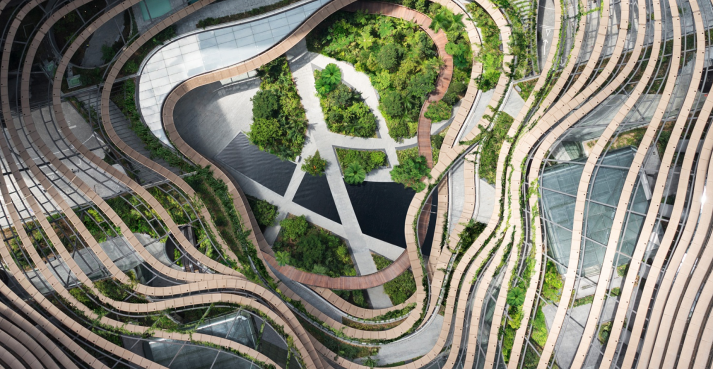All about Landscape Design
What Does Landscape Design Mean?
Table of ContentsIndicators on Landscape Design You Should KnowGet This Report on Landscape DesignSome Known Facts About Landscape Design.The Ultimate Guide To Landscape Design
When designing a household landscape, the most crucial action is to place an intend on paper. Establishing a master strategy will conserve you time and money and is more probable to cause a successful style. Landscape Design. A master plan is created with the 'design procedure': a detailed technique that takes into consideration the ecological problems, your needs, and the components and principles of layoutThe five steps of the layout process include: 1) performing a site supply and evaluation, 2) determining your requirements, 3) producing useful diagrams, 4) developing theoretical layout strategies, and 5) attracting a final design plan. The initial three steps establish the visual, practical, and gardening requirements for the design. The last 2 steps after that use those demands to the creation of the final landscape plan.
This is a critical action for both plant selection and placement and finding family members activities and features. It is very important due to the fact that the very same environment conditions that impact the plantstemperature, humidity, rain, wind, and sunlightalso influence you, the customer. The following step is to make a list of your demands and desiresthis aids you establish just how your backyard and landscape will certainly be utilized.
The practical representation is then used to locate the activity spaces on the site and from this layout a theoretical strategy is established - Landscape Design. The last step is a last layout that includes all the hardscape and planting information that are needed for setup. Throughout the design process there are ten vital points to consider: for plant selection and activity area by considering what you desire and require to assist figure out forms and arrange rooms by marking activity locations and linking with aspects for both the environment and the individual by using massing and layering strategies such as shift areas and centerpieces in the products, the colors, and the surface appearances for the growth and upkeep of plants by utilizing sustainable layout practices An extensive stock and evaluation of the site is necessary to figure out the environmental problems for plant growth and the ideal use of the site
Some Known Factual Statements About Landscape Design
The sort of soil determines the nutrients and wetness available to the plants. It is constantly best to use plants that will prosper in the existing dirt. browse around these guys Soil can be modified, amendment is often expensive and many times inefficient. Existing plants can give ideas to the dirt kind. Where plants expand well, note the soil conditions and use plants with comparable expanding demands.

Sun/shade patterns, the quantity and size of exposure to sun or shade (Number 1), develop microclimates (sometimes called microhabitats). Recording site problems and existing vegetation on a base map will expose the location of microclimates in the yard. Plants usually come under a couple of of 4 microclimate categories-full sunlight, partial color, shade, and deep shade.
Energies such as power lines, septic storage tanks, underground energies and roofing overhangs identify plant location. Make use of a land surveyor's have a peek at this site plat of your residential or commercial property for the boundaries and area of your home.
The 6-Second Trick For Landscape Design
Determine the time and money you are prepared to put into keeping the plants and hardscape-be practical concerning your intentions and ability. Proposed use areas. Credit Score: Gail Hansen, UF/IFAS There are several different landscape layout motifs- from simple to complex, but it is useful to choose one to direct your plant and material selection.

Choose if you intend to open your yard, close your yard, or a little of both, to these views. In other words, do you desire the yard to confine the room around you and connect primarily to your home, or do you desire the yard to open sights and look external, associating with the environments? This will certainly provide you a beginning indicate think of a theme.
9 Simple Techniques For Landscape Design

This is called "local color", which suggests it fits with the surroundings. There are both type motifs and style themes. Every yard should have a type motif, but not all yards have a design theme. Many residential yards have no specific style except to mix with the house by duplicating information from the style such as materials, color, and form.
In a kind motif the company and form of the spaces in the yard is based either on the shape of the residence, the form of the locations between your house and the residential property limits, or a preferred shape of the property owner. The form motif establishes the form and organization (the layout) of the spaces and the web links between them.
